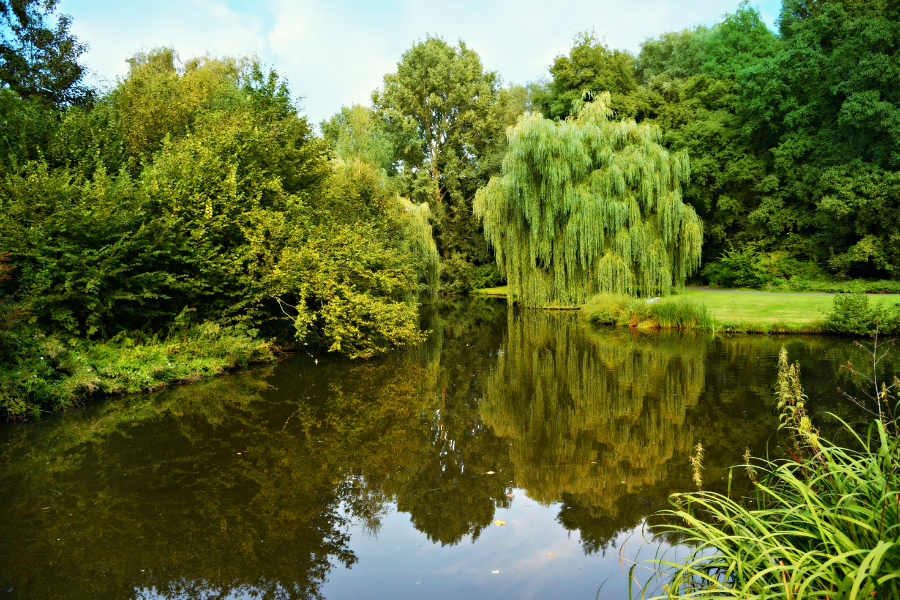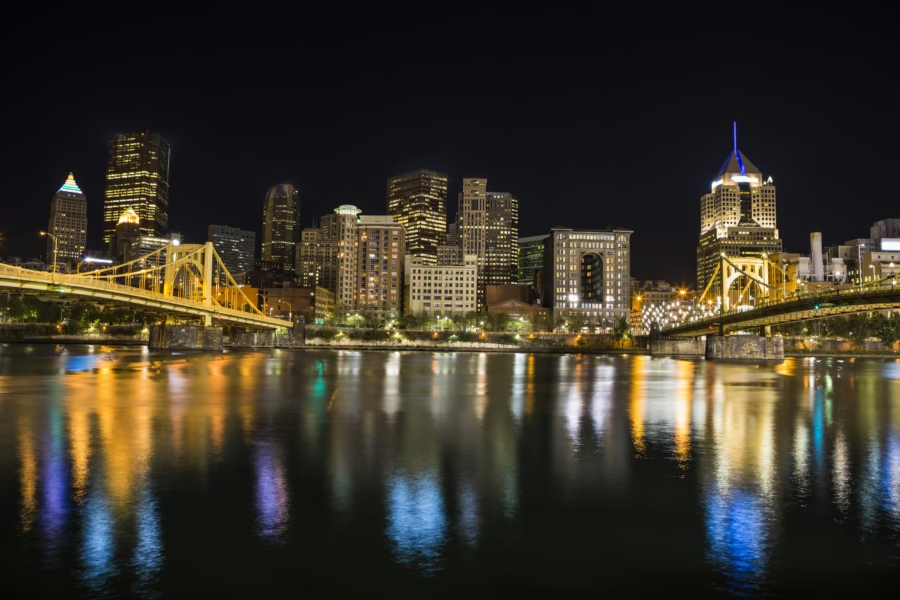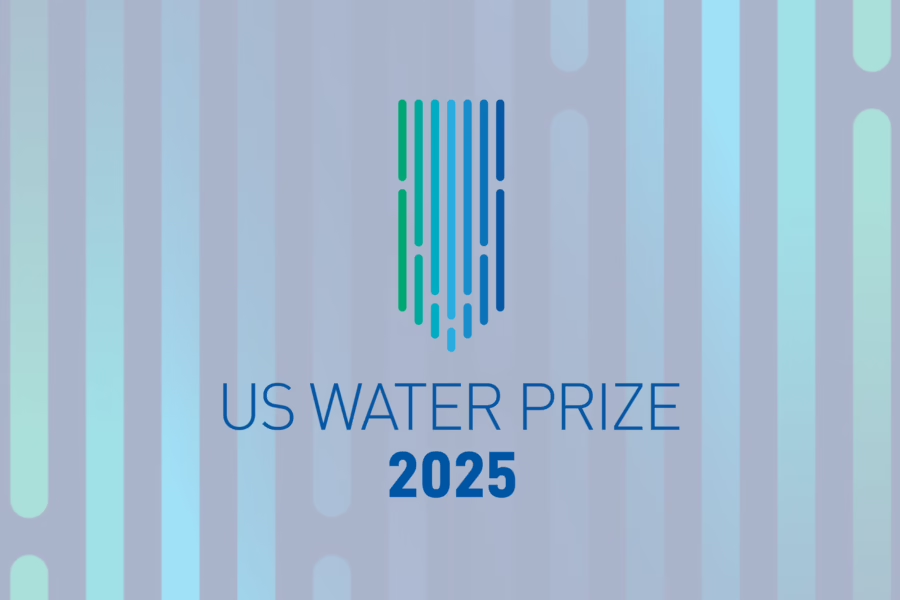On Tuesday, May 30, water leaders convened at the Wilson Center in Washington DC to participate in the fourth and final installation of the Center’s series “Sustainable Water, Resilient Communities.” The previous three sessions focused on the challenges presented by too little water, too much water, and dirty water. The final panel discussion centered on the challenge of erratic water, as well as the opportunities for developing lasting solutions.
John Cook, Climate Change Adaptation Specialist for USAID, emphasized the importance of treating water challenges holistically and the need for sustainable partnerships. These sentiments were echoed throughout the panel, and innovation was highlighted as an integral component of a holistic approach. In addition to being a through line of the presentation, partnership and technology are two elements in the US Water Alliance’s 7 Big Ideas for Water. Panelists reiterated these ideas and discussed the need for existing systems to be flexible and for new, innovative systems to address our domestic and global water crises.
Will Sarni, Founder and CEO of Water Foundry, began his presentation by offering “water strategy” as a more encompassing term than “water management.” Sarni described water management as having the narrowest impact, water stewardship as being more cognizant of supply chains, and water strategy as being the farthest reaching. Sarni went on to explain that innovation is integral to water strategy. He highlighted technological advances, including digital water and One Water systems, as creating opportunities for promoting sustainability and resilience. He also emphasized how partnerships with entrepreneurs in the private sector can generate new technologies by leveraging the sector’s resources and expanding its capacity.
Kate Tully, Assistant Professor of Agroecology at the University of Maryland, built on Sarni’s discussion of digital water by highlighting the importance of digital water technologies in the agricultural sector. She showed how timed irrigation combined with more accurate weather data can reduce water use in agriculture by shutting off irrigation if the system forecasts rain. Tully also explained that technology helps visualize virtual water. This gives trade officials, as well as consumers, a more accurate representation of the water embodied in the goods we export or consume. For example, to produce one pound of beef it takes 1,799 gallons of water. Being able to measure this helps us understand the total water cost of a good or product.
Scott Houston, a Board Member of California’s West Basin Municipal Water District, used West Basin’s Edward C. Little Water Recycling Facility to further illustrate the importance of One Water systems. This state-of-the-art recycling facility produces five types of “designer” recycled water custom made to meet the needs of West Basin’s municipal needs, including purified water used for groundwater recharge and preventing saltwater intrusion. The facility also produces approximately 40 million gallons of potable water every day.
After the presentations, Moderator Ladeene Freimuth maintained technology cannot be the only variable in working towards water sustainability. She concluded technology provides us with the ability to change our water realities and enhance our water security, but it should be supplemented with cross-cutting solutions and partnerships.
The panelists’ examples and Freimuth’s closing statement illustrate the US Water Alliance’s Big Ideas for Water in action, and show how they work in conjunction with each other. While it is clear that new water technologies will radically increase our water efficiency and sustainability, technology will be advanced by embracing new partnerships that foster innovation. Looking at how the Big Ideas can work together will help move us towards a holistic water strategy for achieving sustainable water and resilient communities.
The Big Ideas on technology and partnerships can be further explored at the US Water Alliance’s One Water Summit in the Twin Cities this July. The Summit will offer several opportunities to dive deeper into these concepts, including optional site visits to see an advanced water reuse facility or to see One Water in practice in the local food system. The Summit also hosts workshops on a wide range of topics, including sessions on smart water systems or reuse and resource recovery. We hope you can join us in the Twin Cities this summer to continue advancing these ideas.
This panel series was produced by the Wilson Center in partnership with Winrock International, USAID, and Sustainable Water Partnership.


